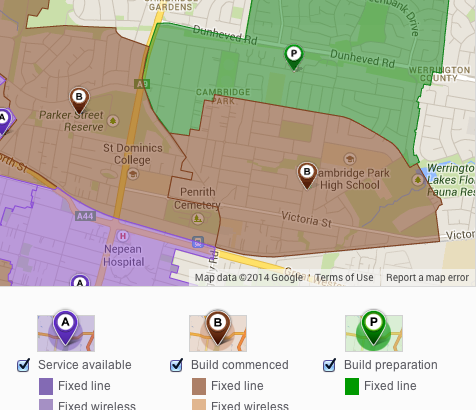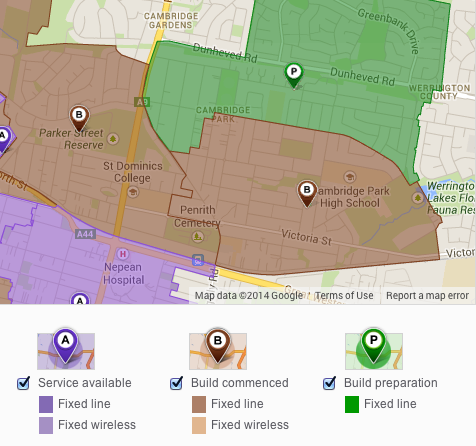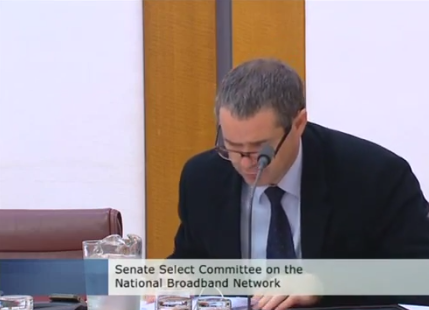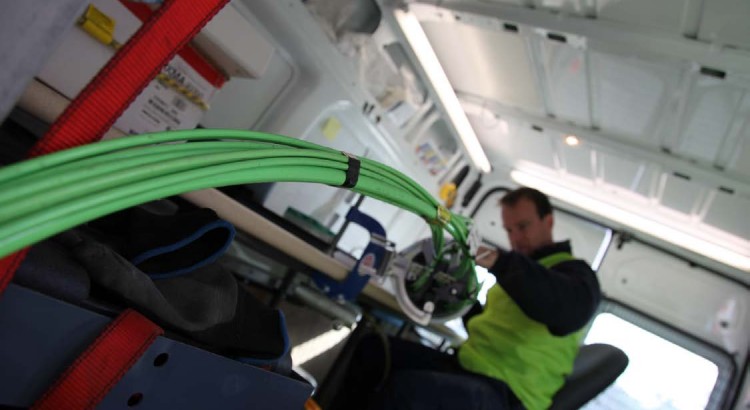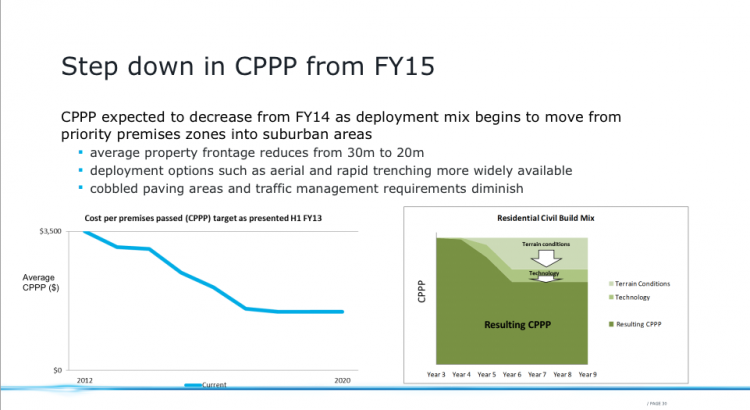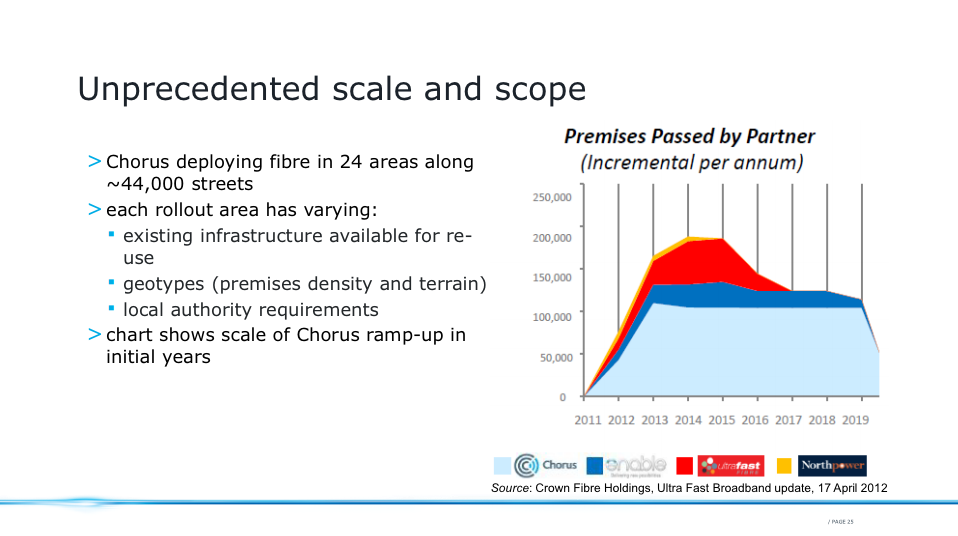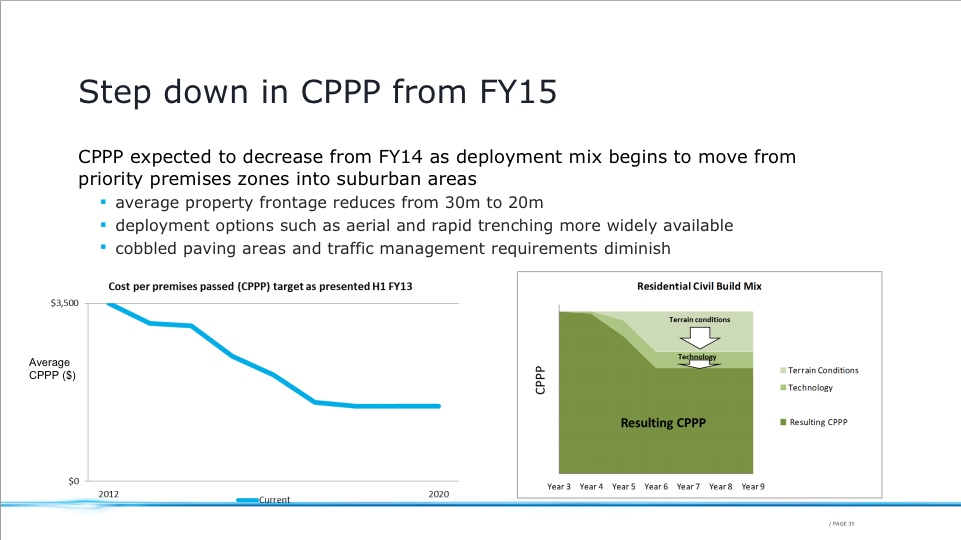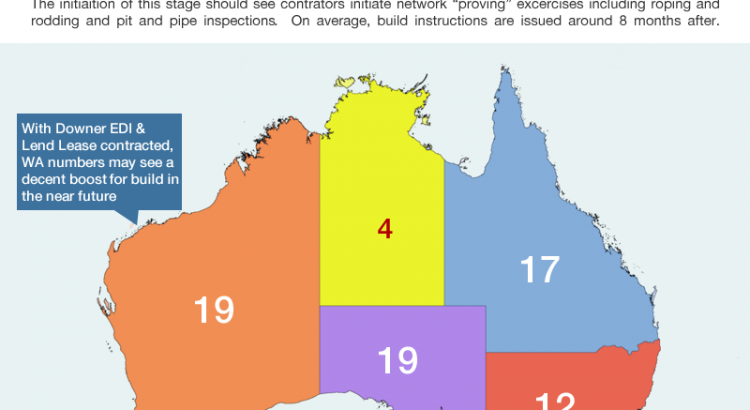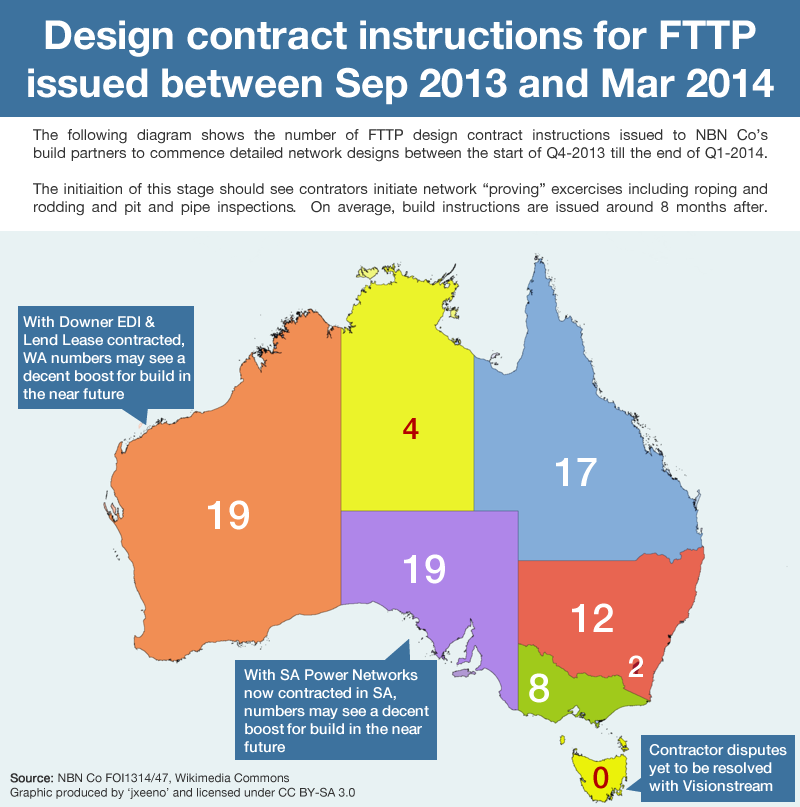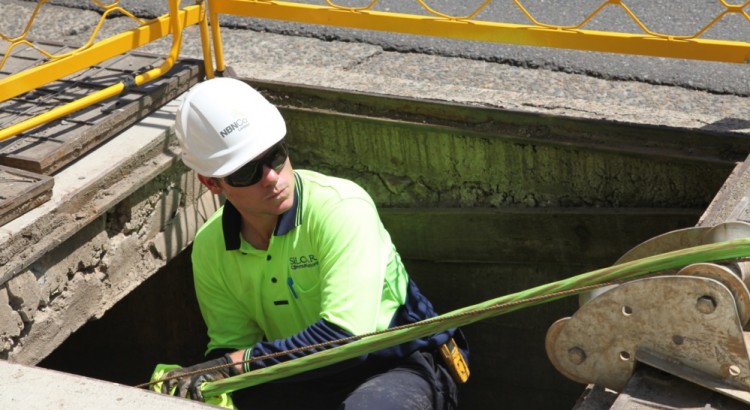In a widely cited article first published by the Australian Financial Review’s telecommunications reporters David Ramli and James Hutchinson broke the news claiming that over 118,000 homes and business had “defective” NBN fibre connections and that it would cost “more than $100 million to fix the buildings already passed”. The story was quickly mirrored on the other Fairfax media outlets including Sydney Morning Herald with a cracker click-bait article name: “A third of NBN not working, figures reveal”.
I was quite surprised at the figure… given there are less than 100,000 premises existing homes and premises (brownfields) actually connected to the NBN. So, how could there be more defective fibre connections than there are actual activated premises?
Upon further reading, you realise that the article actually refers to the 180,000 premises with “defective fibre connections” as actually having “damaged or missing” lead in pipes to connect premises to the NBN fibre network. Oh… so “defective fibre connections” is in fact referring to premises that had pending connections due to infrastructure issues. Who would have guessed from that was what they meant by the sparing title “A third of NBN not working” and that opening paragraph’s “defective fibre connections”.
As if that wasn’t misleading enough though… on further investigation, the authors conceded that in fact the over 180,000 premises quoted were simply the NBN internal figure for Service Class 1. Far from being the figure of “defective fibre connections”, NBN Co’s own Strategic Review states that:
Service Class 1 – Includes premises which are pending i.e. waiting for NBN Co to complete connection, and also premises which have not requested NBN Co connection (NBN Strategic Review, p43)
Of course, there would be a subset of premises in Service Class 1 which are experiencing issues with the lead in conduit. It’s been an ongoing issue that NBN Co has been dealing with. Recently, the ACCC approved a “pull through” method which allowed fibre to be taken up to the premises by temporarily disconnecting the copper phone line using that as the pull cable. However, to suggest that all Service Class 1 premises are somehow “defective” and that all have “damaged or missing” lead ins is a complete false assertion.
The misleading information doesn’t stop there! The Financial Review then goes on to claim that:
“it would cost more than $100 million to fix the buildings already passed, including up to $40 million in extra fees to contractors”
Wait… NBN Co is spending $100 million to “fix” connections that were never connected, that were never activated and that were never defective in the first place? Perhaps the Financial Review means to say that NBN Co will be spending $100 million to “connect” these premises? So, let’s do a bit of quick maths:
$100,000,000 / 118,000 premises = ~$848 per premises for customer connect component
Now, according to NBN Co’s own strategic review — it will cost $2,100 per premises in the Revised Outlook (NBN Co Strategic Review, p61) to complete the final customer connect component of the network. That’s 60% cheaper than projected!
So, not only is the article factually incorrect, totally misleading and an example of poor research – it’s actually self-contradicting too! I truly have my head scratching for this one!
